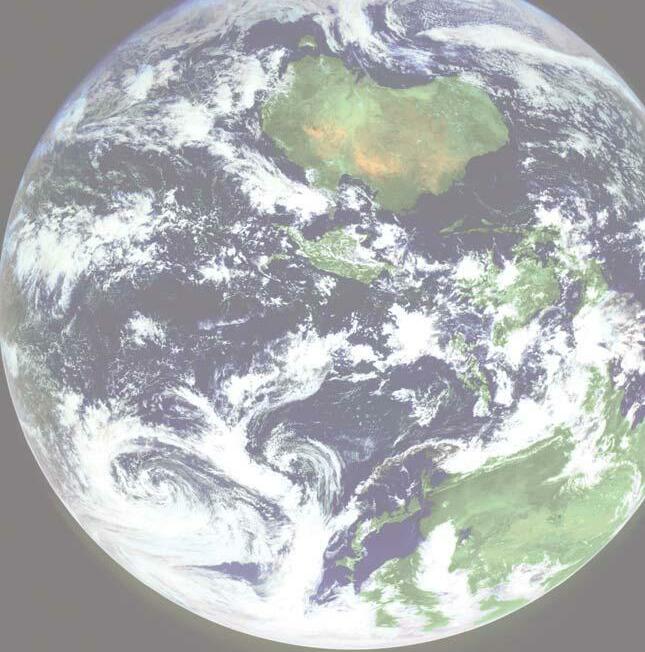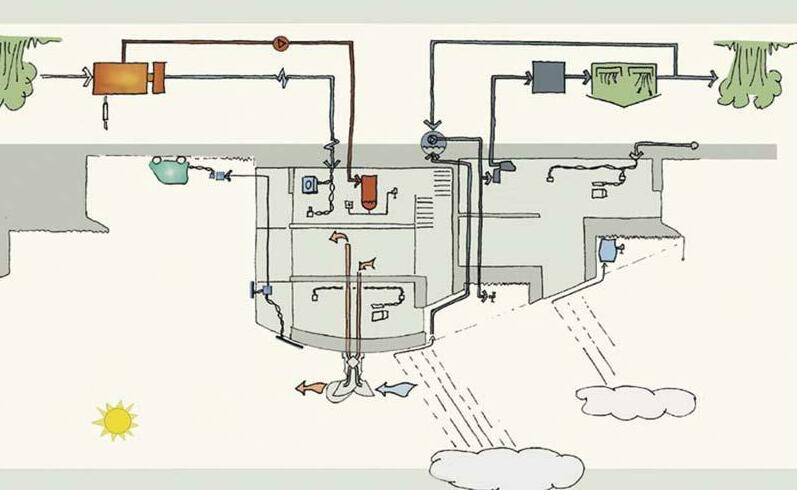
5 minute read
Asia-Pacific Region 2005: The Ecological Footprint and Natural Wealth
ASIA-PACIFIC 2005
The Ecological Footprint and Natural Wealth
Advertisement
Countries in Asia and the Pacific have made a firm commitment to sustainable development. We want a better quality of life for all, while safeguarding the Earth’s capacity to support life in all its diversity and respecting the limits of the planet’s natural resources. How can we achieve this in the face of growing populations and changing consumption patterns, both within the region and the world?
As a first step to answering this question, we need to know where we are today. How does the Asia-Pacific region’s current demand for ecological resources compare to the region’s (and the planet’s) supply? How does it compare to other regions? How do countries in the region differ from one another in both demand for and supply of ecological resources? We can begin to address the sustainability challenge by exploring the implications of our current and proposed future development paths for regional and global ecosystems.
The results of the Ecological Footprint analysis presented in this report are an invitation to look harder at humanity’s and the Asia-Pacific region’s critical dilemma. It is also a poignant reminder that consumptive lifestyles in North America and Europe, largely based on cheap fuel and exporting environmental costs, cannot be maintained nor extended worldwide without causing additional life-threatening damage to the global environment and increasing social inequity.
This report is a call for action, not just for the policy community, but for the scientific and business communities as well. It echoes what the Millennium Ecosystem Assessment found: that the health of natural systems has a profound impact on our quality of life, but 60 percent of the ecosystem services that support life on Earth are being degraded or used unsustainably. This report provides a frank assessment of what is at stake for Asia and the Pacific and for the rest of the world. The Millennium Development Goals will not be achieved if we do not address sustainability in development.
Many still believe that the environment is some kind of separate luxury item that can be addressed after economic development. This is the opposite of the truth. The environment is the base of all human activities, and the ultimate source of all our wealth. Poverty, environment and consumption are all linked. How much nature does it take to support us? This is a question we can no longer afford to ignore.
To pose a hypothetical question: “How many planets would it take if everybody in Asia and the Pacific consumed like an average American or European?” We have only one planet, yet all people want, and have the right to, fulfilling lives. The challenge for high income countries is to radically reduce footprint while maintaining quality of life. For lasting improvements in their quality of life, lower income countries are facing the complementary challenge of finding new paths to development that can provide best living conditions without liquidating their ecological wealth.
The Asia-Pacific region is in a unique position to shape the development model for the whole world in the coming decades. I support this report’s attempt to establish a quantitative link between ecosystem health and human prosperity, and I welcome forward-thinking initiatives and actions such as this one by WWF.
Professor Emil Salim Former Indonesian Minister of State
CONTENTS
Asia-Pacific Region 2005:
The Ecological Footprint and Natural Wealth 1
Measuring Progress
Towards Sustainability 3
The Global Context 4
The Living Planet Index 6
Asia-Pacific’s Ecological Footprint 8
Country Profiles 10
Living on One Planet 12
Asia-Pacific: Transformation to Sustainability 14
FAQs 20
Technical Notes 21
References and Data Sources 26
NOTEON“ASIA-PACIFIC” Throughout this report, except where otherwise stated, “Asia-Pacific” refers to: Australia; Bangladesh; Cambodia; China; India; Indonesia; Japan; Korea, DPR; Korea, Rep; Lao PDR; Malaysia; Mongolia; Myanmar; Nepal; New Zealand; Pakistan; Papua New Guinea; Philippines; Sri Lanka; Thailand; and Viet Nam.
The material and the geographical designations in this report do not imply the expression of any opinion whatsoever on the part of WWF concerning the legal status of any country, territory, or area, or concerning the delimitation of its frontiers or boundaries. Global Footprint Network
WWF (also known as World Wildlife Fund in the USA and Canada) is one of the world’s largest and most experienced independent conservation organizations, with almost 5 million supporters and a global network active in 100 countries. WWF’s mission is to stop the degradation of the planet’s natural environment and to build a future in which humans live in harmony with nature.
GLOBAL FOOTPRINT NETWORK promotes a sustainable economy by advancing the Ecological Footprint, a tool that makes sustainability measurable. Together with its partners, the Network coordinates research, develops methodological standards, and provides decision makers with robust resource accounts to help the human economy operate within the Earth’s ecological limits.
KADOORIE FARM AND BOTANIC GARDEN KFBG exists to increase the awareness of our relationship with the environment and bring about positive change in the world through conservation and education. AUTHORS Mathis Wackernagel1 Justin Kitzes1 Deborah Cheng1 Steven Goldfinger1 James Espinas1 Dan Moran2 Chad Monfreda3 Jonathan Loh4 Dermot O’Gorman4 Idy Wong5
CONTRIBUTORS Tom Crompton Babar Naseem Khan Sam Lee Lin Li Anil Manandhar Dr T R Manoharan Dennis Pamlin Jamie Pittock Peter Ramshaw Will Reidhead Gordon Shepherd Tien-ake Tiyapongpattana Ed Tongson Paul Toni Pip Walsh Angie Woo Chunquan Zhu Xinqing Zou
1. GLOBAL FOOTPRINT NETWORK 3270 Lakeshore Avenue Oakland CA 94610, USA www.footprintnetwork.org
2. LUND/LUSEM PO Box 170 SE-221 00 Lund, Sweden www.lumes.lu.se
3. SAGE University of Wisconsin 1710 University Avenue Madison WI 53726, USA www.sage.wisc.edu 4. WWF INTERNATIONAL Avenue du Mont-Blanc 1196 Gland Switzerland www.panda.org
5. KADOORIE FARM AND BOTANIC GARDEN Lam Kam Road Tai Po Hong Kong, China www.kfbg.org
Published in December 2005 by WWF–World Wide Fund For Nature (formerly World Wildlife Fund).
Any reproduction in full or in part of this publication must mention the title and credit the abovementioned publisher as the copyright owner.
©text and graphics 2005 WWF All rights reserved
ISBN: 2-88085-269-2
A BANSON Production 17E Sturton Street Cambridge CB1 2QG, UK
Editors:Christine Hawkins Angela Jameson Diagrams and maps: David Burles John-Paul Shirreffs Design: John-Paul Shirreffs
Printed in Switzerland by Ropress on Aconda Verd Silk FSC, 40% recycled fibre and 60% virgin wood fibre, at least 50% of which is certified in accordance with the rules of FSC, using vegetable-oil-based inks. SGS-COC-0474. © 1996 Forest
Stewardship Council AC




